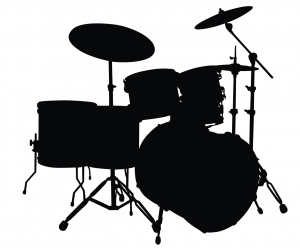 Your equipment has a great influence on your drumming experience, and is a vital concern for the serious drummer. Here are some tips to help you purchase and maintain good equipment.
Your equipment has a great influence on your drumming experience, and is a vital concern for the serious drummer. Here are some tips to help you purchase and maintain good equipment.
First of all, you’ll want to source your equipment from a reliable store, ideally supporting high-quality small business. If you’re in Minnesota, treat yourself to a visit to Klash Drums. I work with them closely and both the shop and staff are AWESOME!
Educate Yourself
Not all salespeople are experts on drum equipment…
You need to go in educated, to shop wisely and get the right equipment! Sales people in many music supply stores often have an ‘okay’ idea of how to get drummers started, but might not know how to answer all their questions or help them shop. Which is why I again recommend
In corporate music stores, the staff might work on commission and could even be quick to fake an answer to make a bigger sale! I’ve had it happen to me and a few of my students in the past, and it’s very disappointing and misleading. Also, the conventional drumset packages offered by music stores aren’t always the best ‘bang’ for your buck. (sorry I had to…)
Shopping Guidelines
Here are some points of advice, to help your money go to the best priorities and to help you end up with the best products and equipment you can!
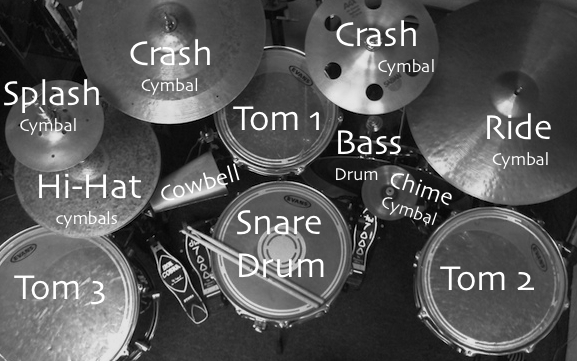
Supplies you want
These are required for any serious drummer… you can get half-started with a drumset and some sticks, but you will need these other supplies to advance your skills. Get the free ebook (above) for more details about the list!
Basic Supplies List
- Drumset (either acoustic or electric is fine)
- New drumheads (if purchasing a brand new acoustic drumset, which comes with cheap factory heads, you need these)
- Drumsticks (generally 5A is a good starting point)
- Headphones (ideally studio-quality stereo headphones that play music AND protect your ears, or rubber-tip earbuds)
- Metronome or metronome app (there are plenty of free ones… I recommend ‘Mobile Metronome’ for Android and wish there was an iPhone version of it)
- Practice pad (and optionally practice pedals or impact pads for your pedal(s)
- Music collection/playlist (I recommend Spotify or similar)
- Instructional materials
(some are available here, on the products page :)
Acoustic or electric??
Both acoustic and electric drumsets are great options for beginners, with unique advantages to each.
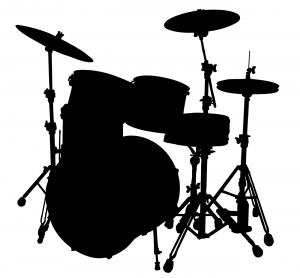
Acoustic drums
These are the most typically used, and provide a totally natural response and sound. They are capable of producing high volume without amplification, which may or may not be suitable for in-home practicing, but can be an advantage when performing or rehearsing with others. While they are not capable of changing sounds with the turn of a knob, you can always modify the components of this setup. You can add or take away cymbals, drums, etc. throughout your drumming career.
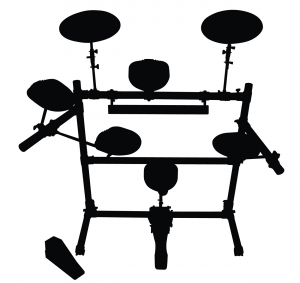
Electric drumsets
These are incredibly versatile, and are becoming more widely used among beginners and professionals alike. Most come with a computerized ‘brain’ that can adjust each trigger-pad on the drumset, and they usually include a metronome and recording function. These drums work great for low-volume situations like apartments, since the sound can be isolated to headphones only. They are also great for recording, because details of a performance can easily be adjusted later.
Either way you go, first consider all the differences between these setups to determine which is best for you to begin with – acoustic, electric, or both. Also, electronic drums are sensitive equipment, so be sure to do some research on customer reviews before investing in a model.
How big or small?
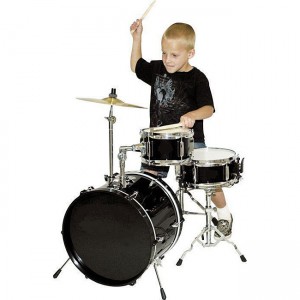
I would steer clear of buying a ‘kid-size’ drumset for any child over 4 years old. These are more like toys than musical instruments, with very cheap-sounding and low quality, non-durable components.
Kids who have a hard time reaching the pedals of a normal drumset can simply stand up to play the drums… I have had two young students who played this way and had great success with it.
Another idea is to steer clear of is excessive equipment. Less is more! A small or medium size drumset will provoke you to be more creative with its sounds.
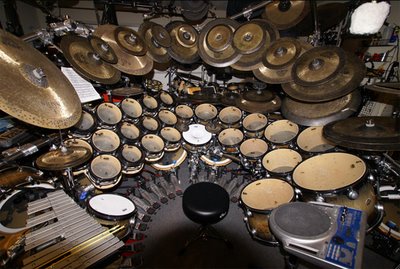
How to shop for acoustic drums:
Prioritize the quality of cymbals, hardware, and drumheads
Drumshells obviously affect the sound of drums. For the purpose of starting out though, if you aren’t looking to spend a lot, you don’t really need high-end shells (unless you want to invest in high quality equipment right away).
With good quality drumheads that are well tuned, you can make entry level drums sound great – maybe not exactly ‘recording studio’ or ‘U2 world tour’ quality, but definitely good enough for home and small gigs! So if you’re on a budget, I recommend getting less expensive drums (watch out for the cheapest, they sometimes have construction flaws), and spend your money getting better quality cymbals, hardware, drumheads, and possibly a few accessories!
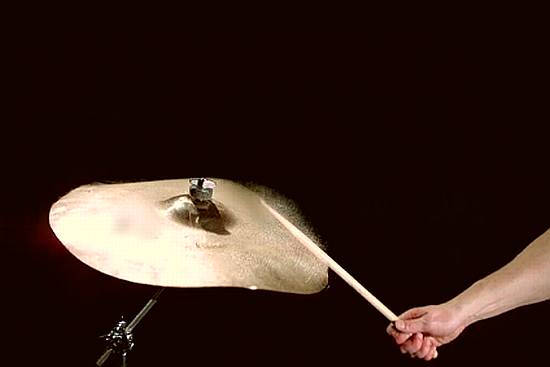
Buying cymbals
Cymbals are an important investment because each one is an instrument, and you’re stuck with the way they sound – you can’t modify their sound (very much). Ideally, hand pick your cymbals one at a time based on your taste, which will probably evolve over the years.
One highly expressive cymbal can accomplish what it might take several cheaper cymbals to do, and are therefore usually worth their price. Some of the handmade cymbal brands like Turkish, Bosphorus, Istanbul, Ufip, and others come from overseas and have awesome quality (in my opinion).
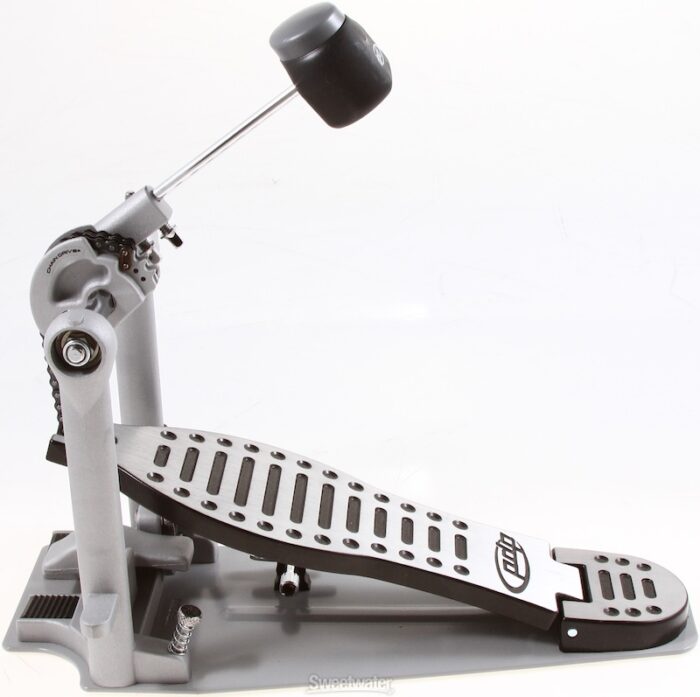
Buying pedals
Most of your hardware just needs to be sturdy and easily adjustable, but the quality of your pedals (including your hi-hat stand) is crucial. Try not to sacrifice your investment in these, because they will greatly affect your playing experience. Mid-range models or higher, made by almost any brand, will serve you well… but it’s a good idea to test drive a few pedals before making your final decision.
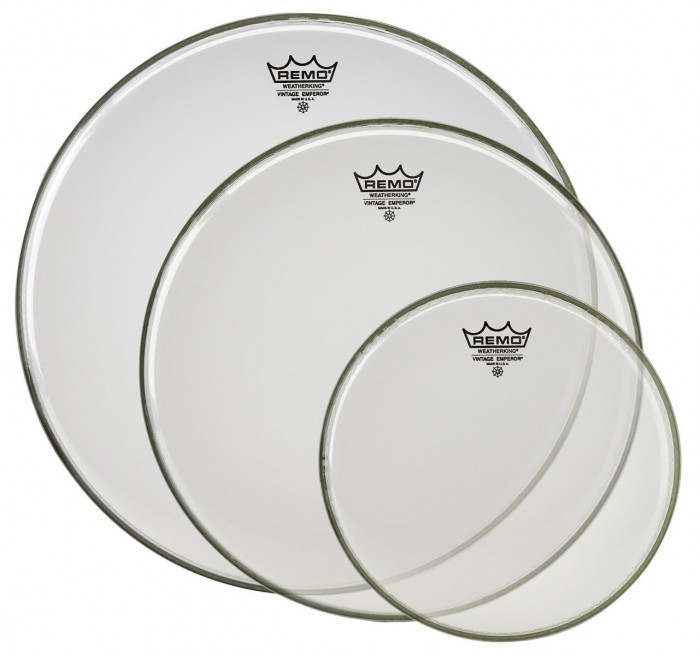
Buying drumheads
Always buy drumheads made by known drumhead brands, don’t settle for the thin stand-ins that come with drumsets.
That being said, you can’t go too wrong with typical drumheads as long as you use them for their intended application as batter (top) heads, resonant (bottom) heads, and bass-drum heads. Here are some characteristics / options to keep in mind though:
- Thickness (one ply, two ply, thin/medium/heavy weight plies) – affects volume, tone quality, and durability
- Extra material attached (control rings, center dot) – affects tone quality and (with center dot) durability
- Surface texture (coated, textured, clear/white/black) – affects tone quality and appearance
- Brand name – affects material quality… avoid generic heads stamped with the logo of a drumset company.
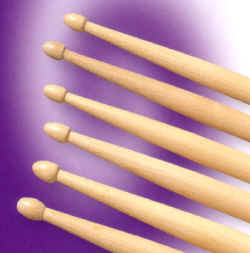
Buying drumsticks
There is no ‘best’ stick size and shape; everyone’s hands are different. However, always be sure to buy quality drumsticks made by a reputable drumstick company, not by a drum company or generic brand.
Things to look for in high quality sticks:
- Weight – make sure the wood is somewhat dense, not too light, and the sticks in a pair should weigh the same.
- Pitch – By tapping each stick on a hard surface like stone or glass, you can compare their sound. They should be the same pitch.
- Straightness – Hold the stick up to one of your eyes almost like a telescope, so you can see if it has curvature. Or, roll the stick on a flat countertop to detect any wobble.
- Wood Type – Hickory is the most popular wood type for drumsticks, but they are also available in oak (denser and more rigid than hickory), maple (lighter and softer than hickory), and various composites of plastic and/or metal.
How To Set Up Your Drumset
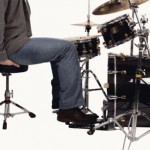
While there is no exact configuration that works for everyone’s body size and equipment preference, there are some vital starting points you may not know about, that will lead to good posture / technique / playing abilities.
For example, adjust your seat height so your hips are slightly higher than your knees, and position it far enough from your pedals so your ankles are further forward than your knees while playing.
(This topic is described / illustrated further in “Play Drums Now 1.0: Drumset Skill Basics”. Read more… )
Important Final Advice
PLEASE DO YOURSELF A GIANT FAVOR: Hire an experienced drummer or instructor to help you set up your drums ergonomically and tune your drums. (This is a difficult process if you don’t have experience doing it, and it is very important! Even a professional quality drumset will sound terrible if the heads are not tuned well.)

